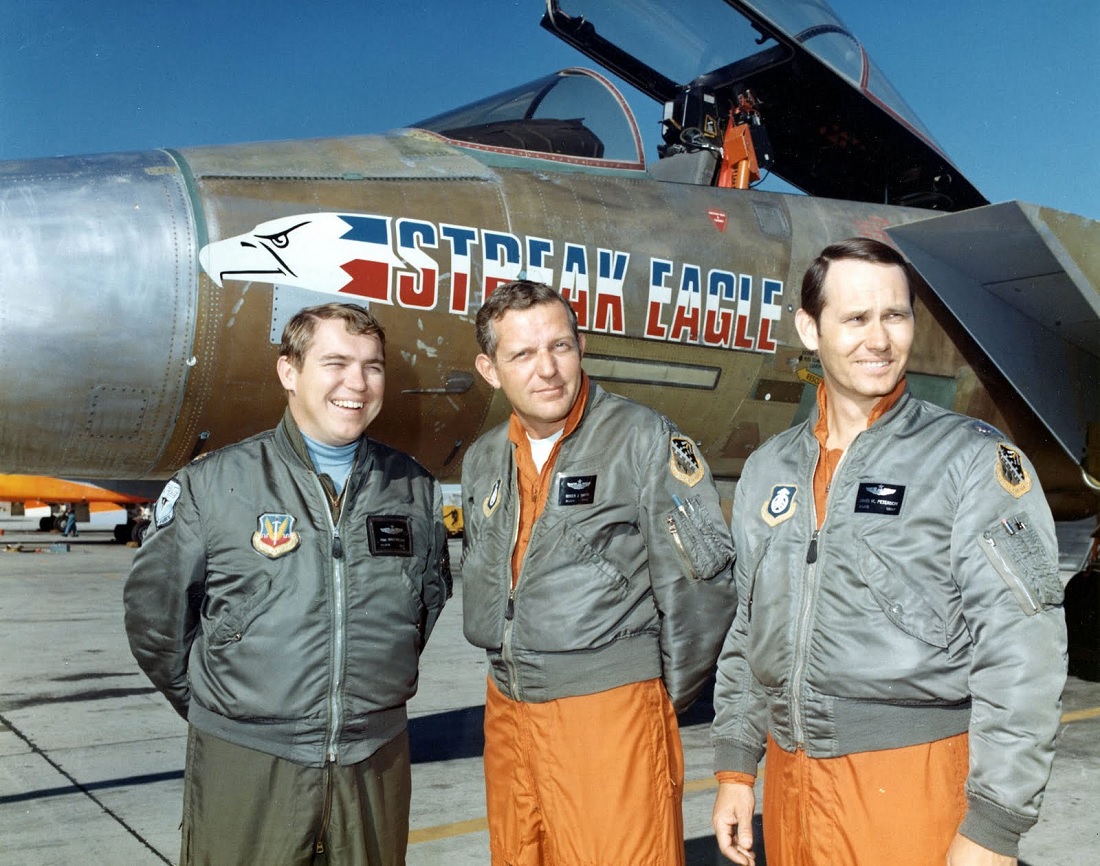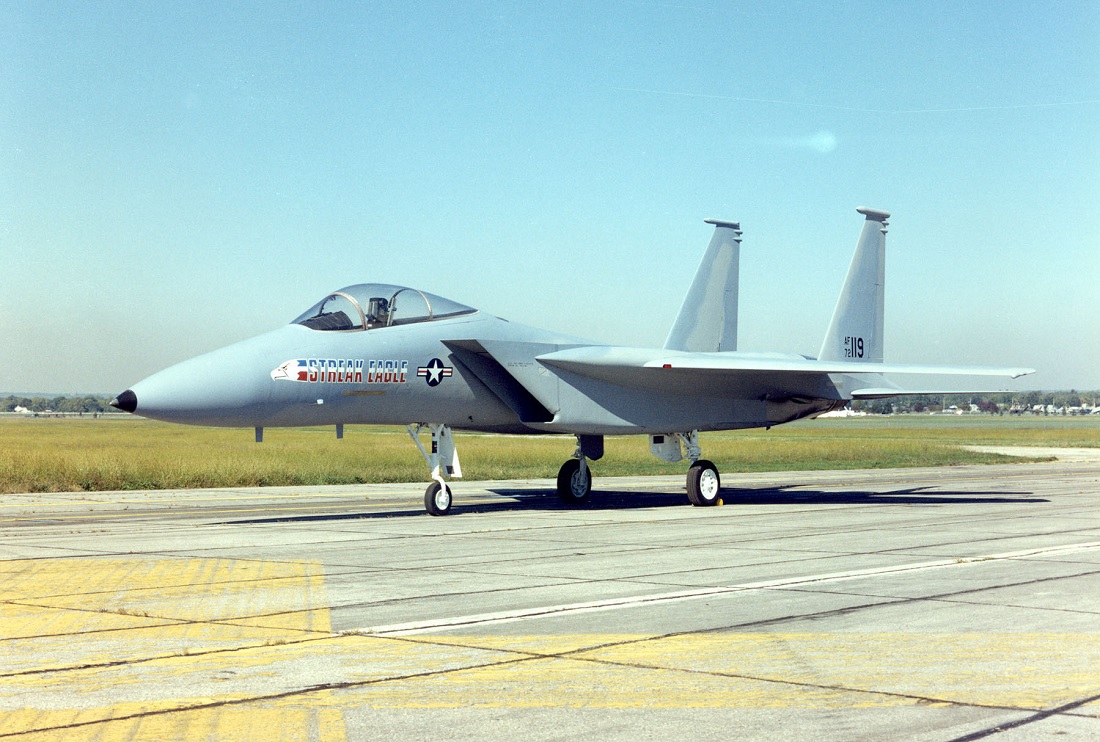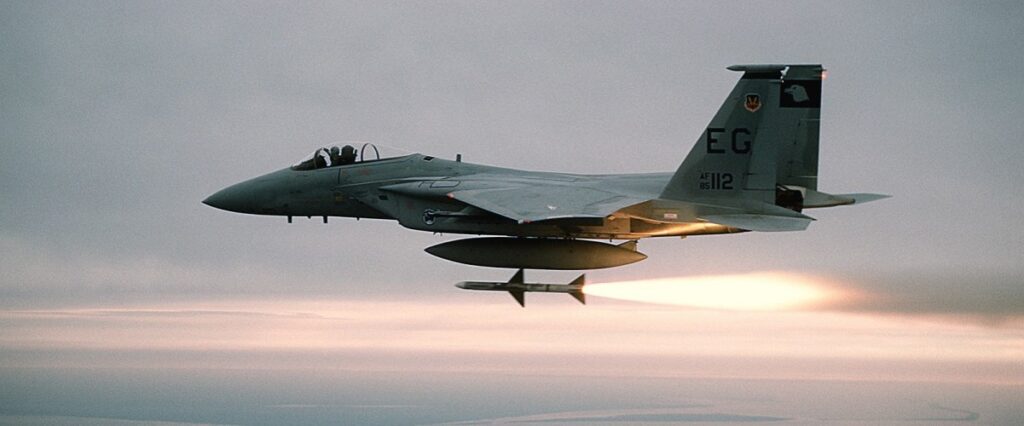The F-15 Streak Eagle was designed to break the time-to-climb records held by the F-4 and MiG-25 by setting new ones
The F-15 proved to be a highly useful testbed aircraft in addition to being developed to be the greatest air superiority fighter in the world. The 19th pre-production aircraft, airframe 72-0119, was involved in one of the most fascinating experimental programs of the Eagle.

The name “Streak Eagle” perfectly described the type of flights this F-15A would have performed; in fact, its goal was to break the time-to-climb records held by the F-4 and MiG-25 by setting new ones. The Streak Eagle was heavily modified, with as much of its weight as possible reduced, to carry out this mission.
According to Steve Markman and Bill Holder’s book “One Of A Kind Research Aircraft: A History Of In Flight Simulators, Testbeds & Prototypes,” all superfluous parts of this F-15 were taken out, including the speed brake actuators, radar, cannons, tail hooks, one generator, utility hydraulic system, flap, and missiles. Furthermore, the aircraft gained an additional 40 pounds by not being painted.
The aircraft also had several instruments installed, including a restraint device that took the place of the tail hook and a nose boom equipped with alpha and beta probes to measure sideslip and angle of attack in addition to unique battery packs and controls. Additional special tools included a camera mounted over the shoulder, a G-meter, a backup attitude gyro, altitude verification equipment, and ballast.
With these modifications, the Streak Eagle saved 2,800 pounds, while the fuel carried in each record attempt varied from 3,000 to 6,000 pounds.
Three USAF F-15 pilots, Maj. Roger Smith, Maj. W.R. Macfarlane, and Maj. Dave Peterson, flew the Streak Eagle from January 16 to February 1, 1975, setting eight new altitudes and times records.

3,000 meters (9,843 feet) 27.57 seconds
6,000 meters (19,685 feet) 39.33 seconds
9,000 meters (29,685 feet) 48.86 seconds
12,000 meters (39,370 feet) 59.38 seconds
15,000 meters (49,212 feet) 77.02 seconds
20,000 meters (65,617 feet) 122.94 seconds
25,000 meters (82,021 feet) 161.02 seconds
30,000 meters (98,425 feet) 207.80 seconds
When compared to the upward numbers, the Streak Eagle reached 9,000 meters in less than a minute, but a Boeing 727 takes more than 15 minutes.
The National Museum of the US Air Force currently has the F-15 Streak Eagle on display. The following video tells the story of F-15 Streak Eagle record flights.
One-of-a-kind Research Aircraft A History Of In Flight Simulators, Testbeds & Prototypes is published by Schiffer Military and is available to order here.
Photo by U.S. Air Force


















